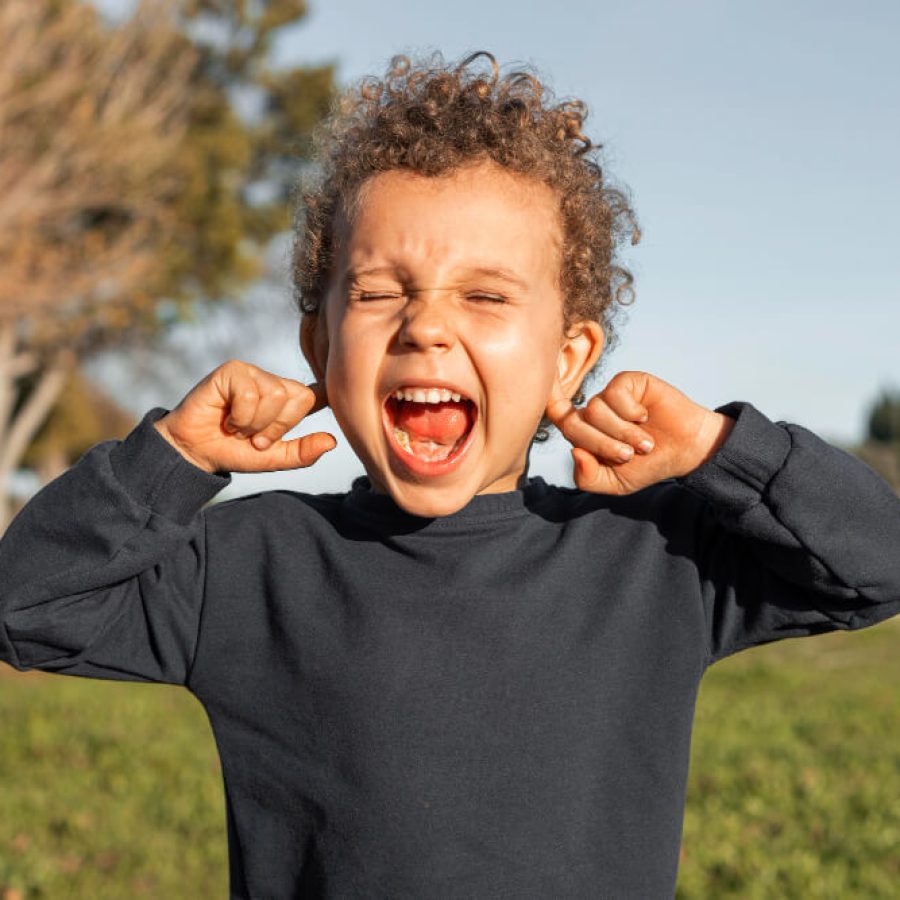Out of all the things that a young child has to learn, regulating their emotions might be one of the most important. Learning the right calm down strategies for preschoolers is essential to equip your kid with how to manage bad days, news, or feelings.
So the challenge is: how to help children navigate through tough emotions and calm themselves down?
Understanding Preschooler Emotions
Understanding their own emotions can be challenging for preschoolers due to their still-developing brains and limited vocabulary, making it hard for them to articulate and regulate their feelings.
As research shows, as their cognitive abilities grow over time, managing emotions becomes easier. However, children need to learn strategies to calm themselves, such as deep breathing or counting to ten, to build a solid emotional toolkit.
By guiding them through these techniques, we help them navigate their emotions more effectively and foster emotional resilience.
Practical Calm Down Strategies
Parents have to remember to regulate their own emotions and be patient when their child is learning about their own feelings. Don’t expect your child to never relapse on a tantrum even if they’re showing progress with emotion regulation.
Find A Safe Space
Where children can have strategies to ventilate and calm down. There can be toys, art supplies such as crayons, books, plush toys… whatever helps the child feel they can use them to get away from their tough feelings when they are as intense as they get.
Breathing Exercises
Regulating your emotions through breathing is a strategy that can be used throughout our lives; the sooner we learn it, the better. Try the technique “smell the flower, hold 3 seconds, then blow the candle” and repeat it 5 times.
After the first round, the child will likely feel calmer, and you can repeat another set if necessary.
Move Around
Sometimes we just have to shake it out of our system! A physical activity such as dancing, running, jumping or doing jumping jacks is enough to get the tension out of the body and help the mind find their center and counterbalance.
Calming music (Or Singing)
Listening to music can have a positive effect on agitated children because it helps them redirect their energy. Similarly, singing is a way to channel the emotions outside. Both these exercises allow children to not hold back energy that wears them out (and their parents!) if not properly managed.
Encouraging Positive Behavior
Because frustration and anger are normal emotions that we will all experience through life, children have to understand what it is, what causes it in them, and how to respond to it.
However, it doesn’t have to be overwhelming or suffocating.
Here’s how parents can manage their kids’ strong emotions without repressing it.
Positive Reinforcement
Children get a grasp of what’s appropriate behavior when something positive comes from it. So when they are calm, or help someone feel calmer, that’s a good moment to tell your Little One that their attitudes are positive.
Ultimately, you want to let them know that good things come to them when they are feeling tranquil.
Modeling Calm Behavior
Naturally, children learn what they are exposed to. So try your best to be a role model!
It’s not to say that Moms and Dads will not feel anger or demonstrate their strong emotions. It’s not about hiding them, but knowing how to handle it.
So if anyone at the house feels irritated, try your best to recompose and show that “bad” feelings don’t last forever. Demonstrate through example that you can make decisions after the annoyance is gone, and don’t be afraid to say you are sorry if you had a bad behavior because of your hard feelings.
There are different calm down strategies for preschoolers you can use, as you’ve learned. Keep an open communication with the child, help them understand and navigate their emotions, and you’re in for a lifetime of respect and trust with them.
Continue your journey on becoming the best parent you can be by learning how to identify and cope with stress in early childhood.


